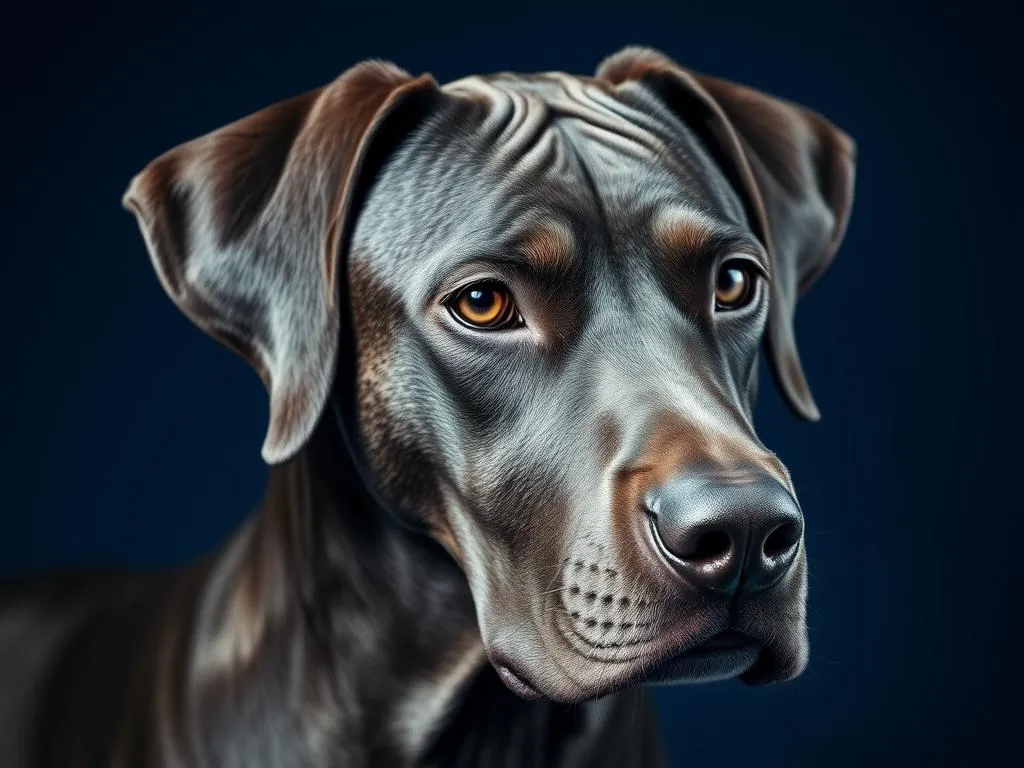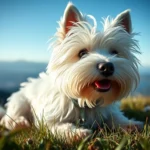
Introduction
When it comes to choosing a dog, understanding different breeds is essential for potential dog owners. Each breed comes with its unique characteristics, history, and needs, which can significantly impact your experience as a pet parent. Among the many fascinating breeds, the Blue Great Dane stands out for its impressive stature and striking appearance. This article provides comprehensive information about the Blue Great Dane, including its history, characteristics, care needs, and more.
Understanding Dog Breeds
What is a Dog Breed?
A dog breed is a group of domesticated dogs that have specific characteristics, behaviors, and appearances defined by a shared ancestry. These traits are often documented in breed standards set by kennel clubs and breed organizations. Understanding these characteristics is crucial for prospective dog owners as it helps them choose a breed that matches their lifestyle and preferences.
The Role of Genetics in Dog Breeds
Genetics plays a pivotal role in defining dog breeds. Heredity determines not only physical traits, such as size and coat color, but also behavioral tendencies and health predispositions. The Blue Great Dane, like other breeds, has specific genetic markers that influence its unique blue coat and overall appearance. Understanding these genetic factors helps owners anticipate potential health issues and behavior patterns.
Overview of the Great Dane Breed
History of the Great Dane
The Great Dane has a rich history that dates back to ancient times. Originally bred for hunting large game, such as wild boar and deer, these dogs were later used as guard dogs for nobility. Their strength, grace, and loyalty have made them a beloved breed throughout history.
General Characteristics
Great Danes are known for their impressive size, often standing between 28 to 34 inches tall at the shoulder and weighing anywhere from 100 to 175 pounds. They have a short, sleek coat that can come in various colors, including fawn, brindle, black, and, of course, blue. The Blue Great Dane is particularly noted for its striking blue-gray coat, which is both beautiful and eye-catching. In terms of temperament, Great Danes are generally gentle giants, known for their friendly and affectionate nature.
The Blue Great Dane: Unique Features
What Makes a Blue Great Dane?
The Blue Great Dane is distinguished by its unique blue coat, which can range from a light steel blue to a deeper slate color. This coloration occurs due to a dilution gene that affects the pigmentation of the coat. The blue coat is not just a visual trait; it is a key aspect of what makes this breed so desirable.
Physical Characteristics
Typically, a Blue Great Dane has the same physical traits as its counterparts of other colors. They possess a long, muscular body, a square-shaped build, and a head that is proportionate to their size. Their large, expressive eyes and prominent ears enhance their regal appearance. When compared to other color variations, the blue coat often gives the Blue Great Dane a sophisticated and elegant look.
Temperament and Behavior
Personality Traits of Blue Great Danes
Blue Great Danes are known for their gentle and friendly demeanor. They are typically good with children and other pets, making them excellent family dogs. However, individual temperaments can vary based on genetics, socialization, and training. Overall, they are loyal, affectionate, and eager to please, making them a joy to have as companions.
Socialization Needs
Socialization is crucial for Blue Great Danes to ensure they grow into well-adjusted adults. Early exposure to various people, environments, and other animals can help mitigate any timidness or aggressive tendencies. Owners should engage in regular socialization practices, such as inviting friends over or taking their dogs to parks, to foster positive interactions.
Health Considerations
Common Health Issues in Great Danes
Like many large breeds, Great Danes are prone to certain health issues, including hip dysplasia, heart problems, and bloat, a life-threatening condition that can occur when a dog’s stomach fills with gas. Regular veterinary check-ups and a focus on preventative care are essential to maintaining their health.
Health of Blue Great Danes
While the Blue Great Dane shares the same health concerns as other Great Danes, some breeders believe that the blue coloration can lead to a higher incidence of certain skin conditions. Regular grooming and attention to skin health are vital to prevent any issues. Additionally, ensuring a balanced diet and routine veterinary visits can help keep them in excellent health.
Care and Maintenance
Nutrition
Feeding a Blue Great Dane requires careful consideration of their size and nutritional needs. A high-quality dog food formulated for large breeds is essential to provide the necessary nutrients. Portion control is critical, as this breed can be prone to obesity if overfed. Owners should consult with their veterinarian to determine the best diet plan tailored to their dog’s specific needs.
Exercise Requirements
Despite their large size, Blue Great Danes are relatively low-energy dogs. However, they still require daily exercise to maintain their physical and mental health. Regular walks, playtime in a secure yard, and interactive games can help keep them fit and engaged. A minimum of 30 to 60 minutes of exercise each day is recommended.
Grooming Needs
The grooming needs of a Blue Great Dane are relatively low due to their short coat. Regular brushing can help reduce shedding and keep their coat healthy. Bathing should be done as needed, typically every few months, unless they get particularly dirty. Owners should also pay attention to their dog’s ears, teeth, and nails as part of their grooming routine.
Living with a Blue Great Dane
Ideal Living Conditions
Blue Great Danes thrive in homes with ample space to move around. While they can adapt to apartment living, a house with a yard is ideal. They are indoor dogs and should not be left outside for extended periods. Their size and gentle nature make them suitable for families, but they require a comfortable living environment.
Training Techniques
Training is essential for a Blue Great Dane to ensure they are well-mannered and obedient. Early obedience training and socialization should begin as soon as the puppy arrives home. Positive reinforcement techniques, such as treats and praise, work best for this breed. Consistency and patience are key, as their size can make training more challenging if not approached correctly.
Conclusion
In summary, the Blue Great Dane is a remarkable breed that combines elegance with a gentle temperament. Understanding their history, characteristics, and care requirements is crucial for prospective owners. As with any breed, owning a Blue Great Dane comes with responsibilities, but the rewards of companionship and love they provide make it worthwhile. If you are considering adding a Blue Great Dane to your family, take the time to research and prepare for the unique needs of this extraordinary breed. With proper care and attention, a Blue Great Dane can become a cherished member of your household for many years to come.









